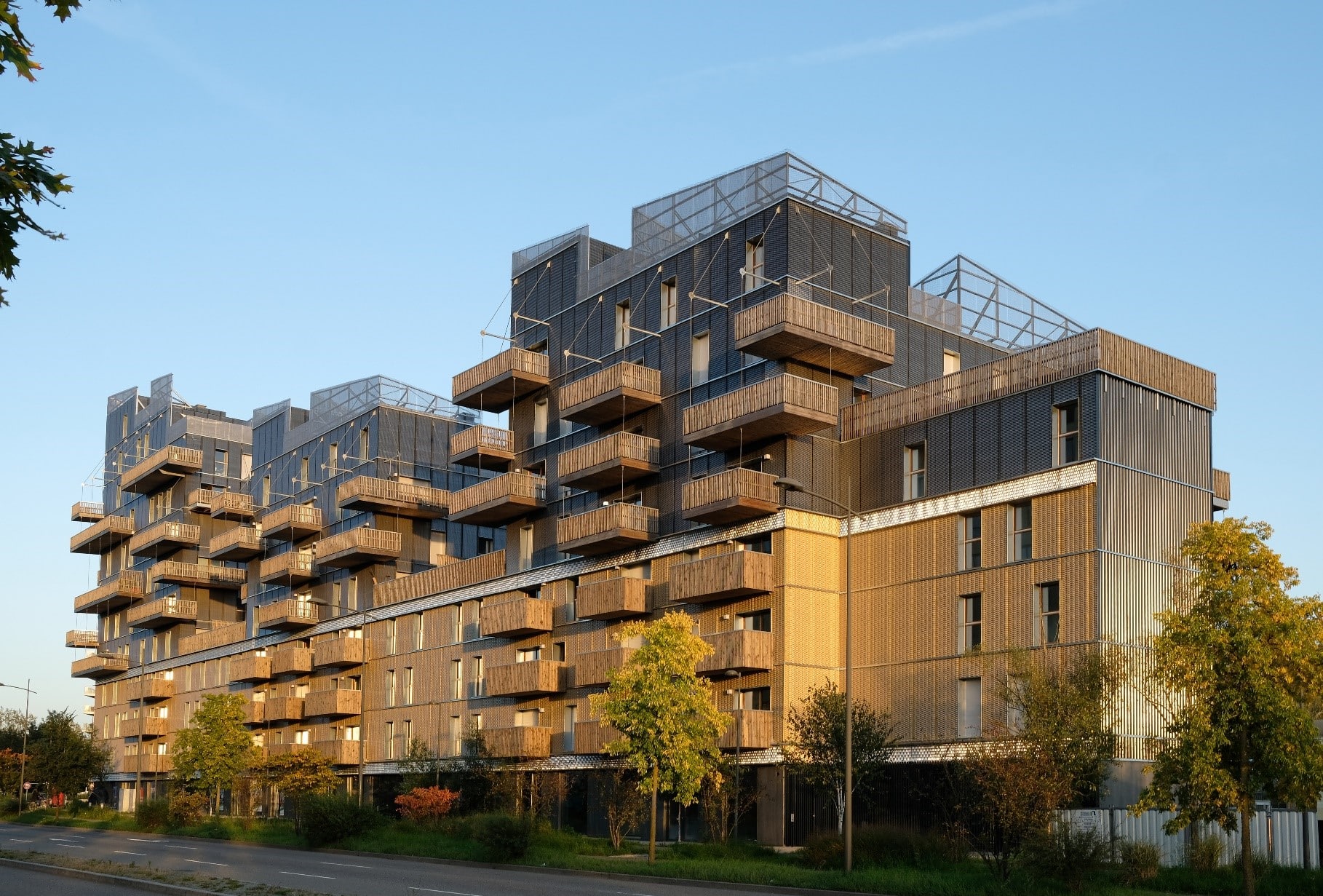
Sensations project: construction of the first 100% wood structure program
With a level of wood construction never seen before in France, Bouygues Immobilier’s SENSATIONS construction program stands out for its ability to meet…
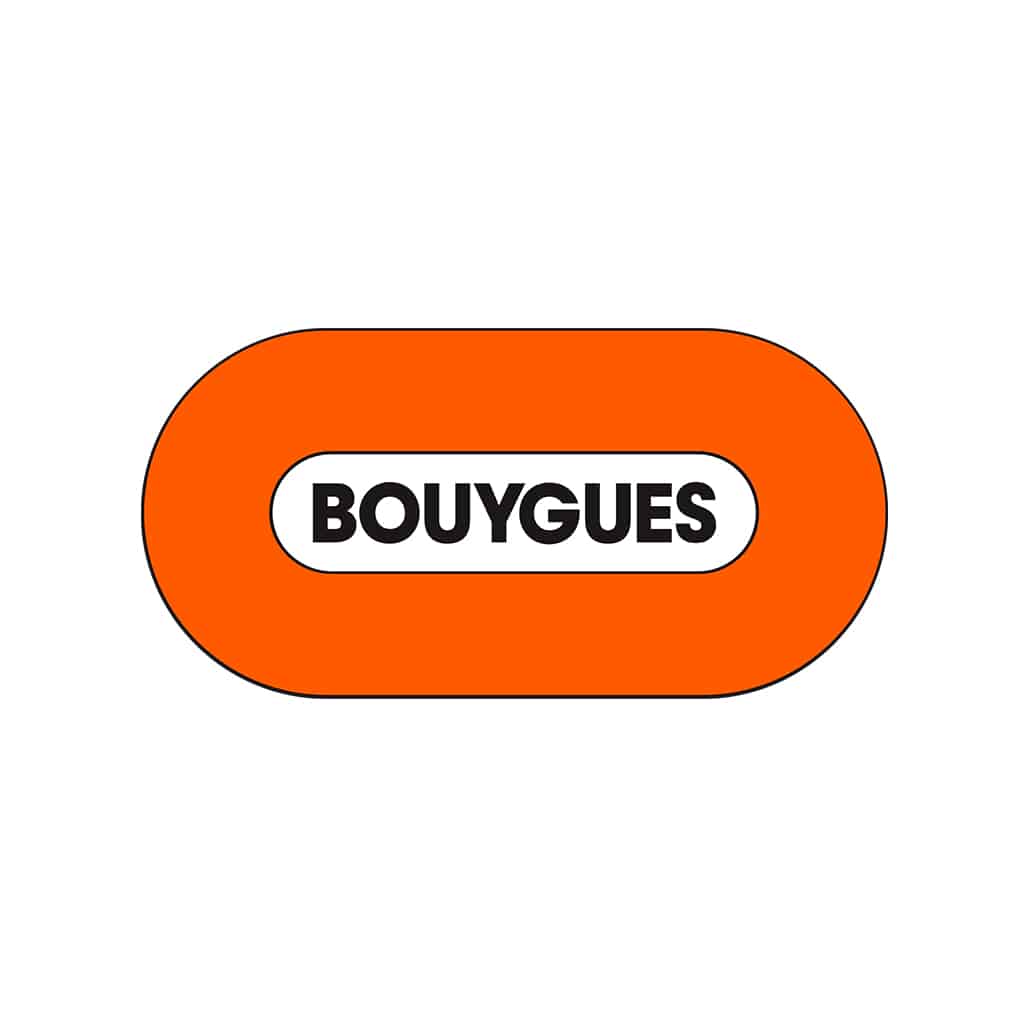
Reducing the carbon footprint of the construction of a former post office building during a massive rehabilitation operation.
Reducing the carbon footprint of its activities is an essential requirement in the conduct of Bouygues’ operations.
This major renovation project concerns a former post office building of neo-Gothic architecture, located in a district classified as a UNESCO heritage site. It is spread over a surface area of 20,000 m² that has been entirely renovated, with 2,000 m² dedicated to the new building. The aim here is to reduce the carbon impact of the operation and to save resources and raw materials while preserving the existing structures as much as possible, and using the circular economy.
The future use of the building is distributed as follows:
The historic building is located at the edge of the plot and occupies a large part of the land. This building will be entirely renovated to accommodate all the real estate products defined above.
A basement for the parking of motorized vehicles will be built. The inner courtyard of the building will also house a new office building, the “Cluster”.
The project has been awarded the following labels: “Effinergie” renovated housing and “BREEAM” new commercial buildings.
The operation is also a winner of the BTP 2020 call for projects entitled “Mobilizing the entire construction industry to meet the challenges of waste reduction and recovery” of the CLIMAXION program initiated by ADEME and the Région Grand Est.
Principle of the circular economy implemented
The whole structure, the facades and the roof have been preserved. In addition, a part of the wooden windows was kept either by reusing them in situ or by valorizing them ex situ. The conservation and renovation of a large part of the interior doors was also possible. As for the carpet, it was removed and used for insulation.
This rehabilitation operation also allowed a saving of 57 million liters of drinking water compared to a new operation of the same surface.
on which the project has a significant impact
Scope 3 – Circular economy and reuse of materials with conservation of an existing building.
Avoided emissions (compared to new materials) :
– for the carpet: 1,239kg CO2eq;
– for windows: 2,087kg eq CO2 :
Scope 3 – Connexion au réseau de chaleur urbain
Quantification : gain au global de 426kg eq de CO2 par m2, par rapport à un projet standard neuf en France (sur l’empreinte carbone globale du bâtiment).
Scope 3 – Usage de béton à émissions de CO2 réduites
Analyse globale, produit de construction et équipement (PCE) et Energie.
Cette analyse porte sur le poids carbone global du bâtiment, à savoir le périmètre PCE + Energie en exploitation.
Grâce notamment au réseau de chaleur vertueux de l’Esplanade (70% d’énergie renouvelable), les logements du programme Hôtel Des Postes émettent au global 30% de CO2 en moins qu’un logement standard chauffé au gaz.
Données utilisées :
34 M€HT
2020
Strasbourg, France
This project contributes to the following SDGs:
This goes in the direction of a more responsible and above all sustainable consumption and production. This is a moderate and efficient use of resources perceived as non-renewable, while optimizing the life span of consumer goods and ensuring that nothing is lost.
The following 2 points will have been avoided:
New construction, consumption of non-recycled raw materials and carbon emissions.
Project entirely reproducible under the same conditions (same type of initial building).
Owner: Bouygues Immobilier
Architect – Agence Weber & Keiling
Assistant Project Manager: Environment – ELAN
Cleaning company – Lingenheld
General contractor – Bouygues Bâtiment Nord-Est
j.brisebourg@bouygues-immobilier.com

With a level of wood construction never seen before in France, Bouygues Immobilier’s SENSATIONS construction program stands out for its ability to meet…
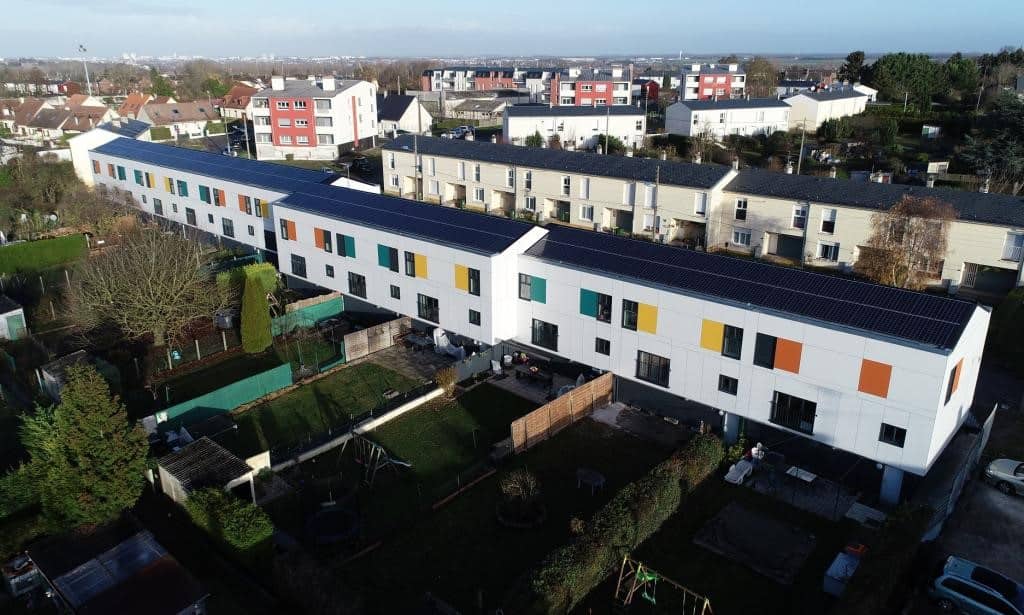
Bouygues Construction is developing an innovative approach aimed at industrializing the energy renovation of housing. The first pilot project was launched in Longueau, with 12 housing…

Intencity, the building housing the Schneider Electric research and development campus, is one of the most efficient office buildings in the world …
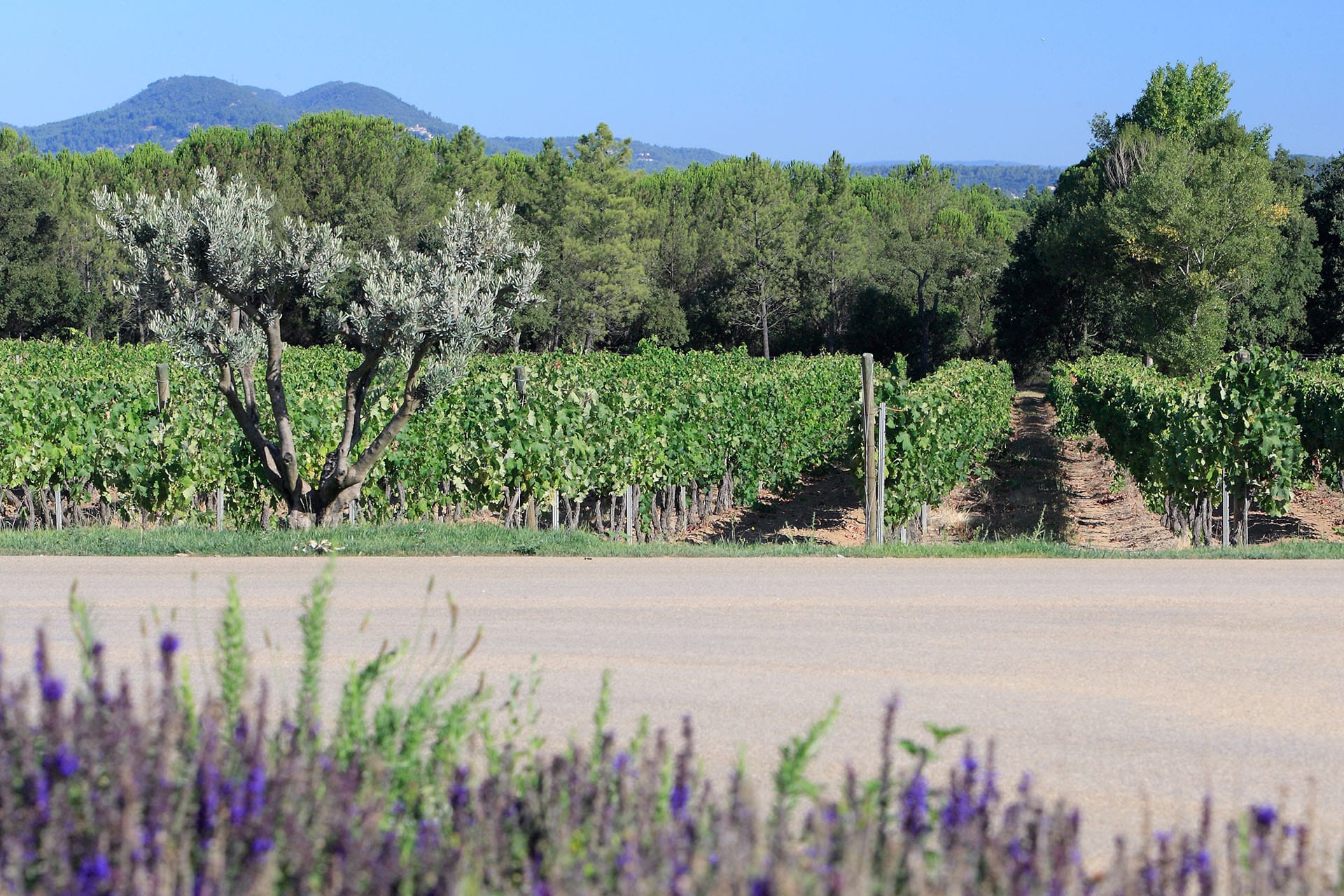
The long-term goal of the present project is to replace petroleum-based bitumen (the binder used in asphalt mixes for roadways) with a plant-based binder.
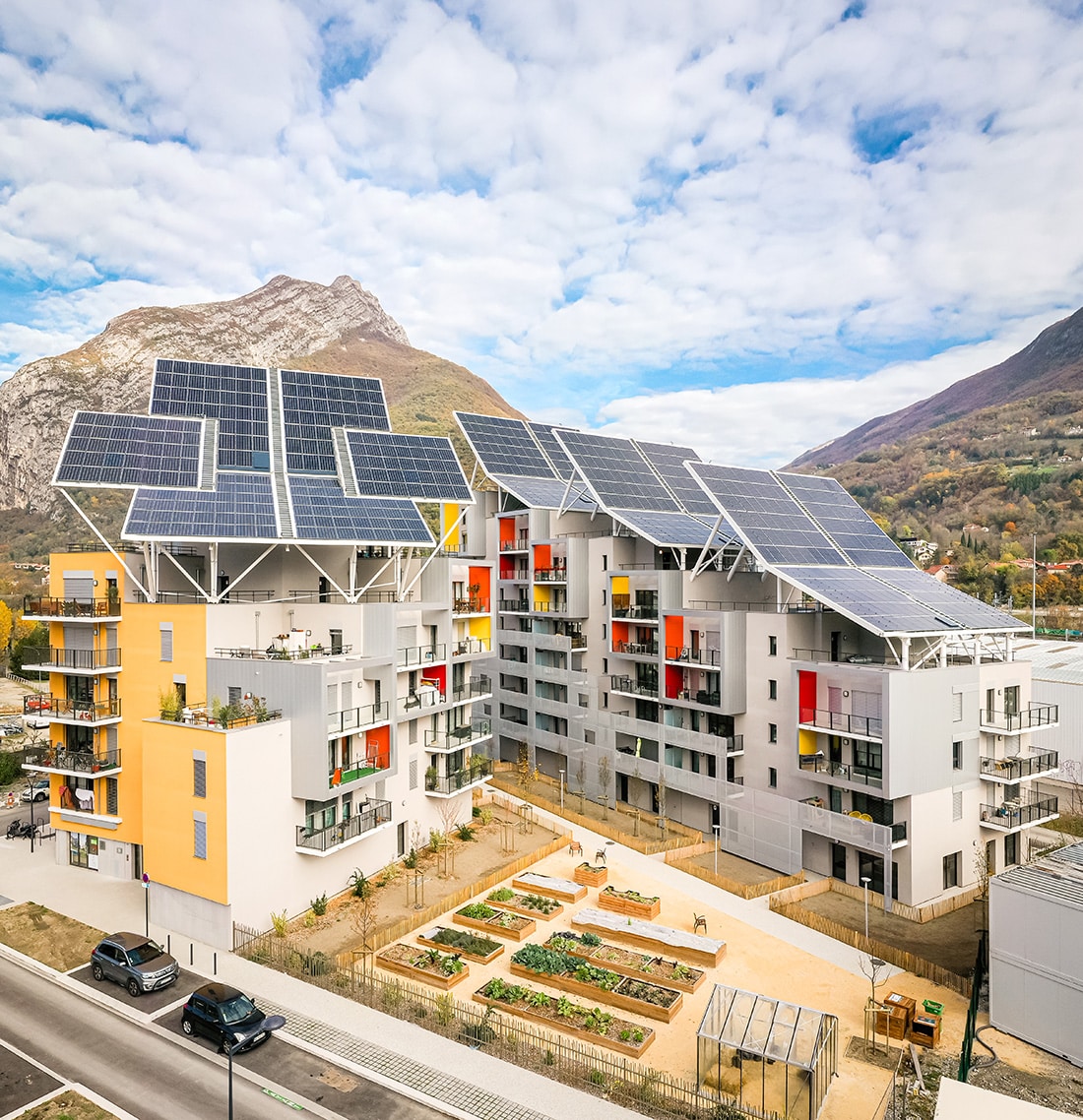
Designed by Bouygues Construction’s R&D teams with the architectural office Valode & Pistre, ABC (Autonomous Building for Citizens) is the first autonomous building concept in France…
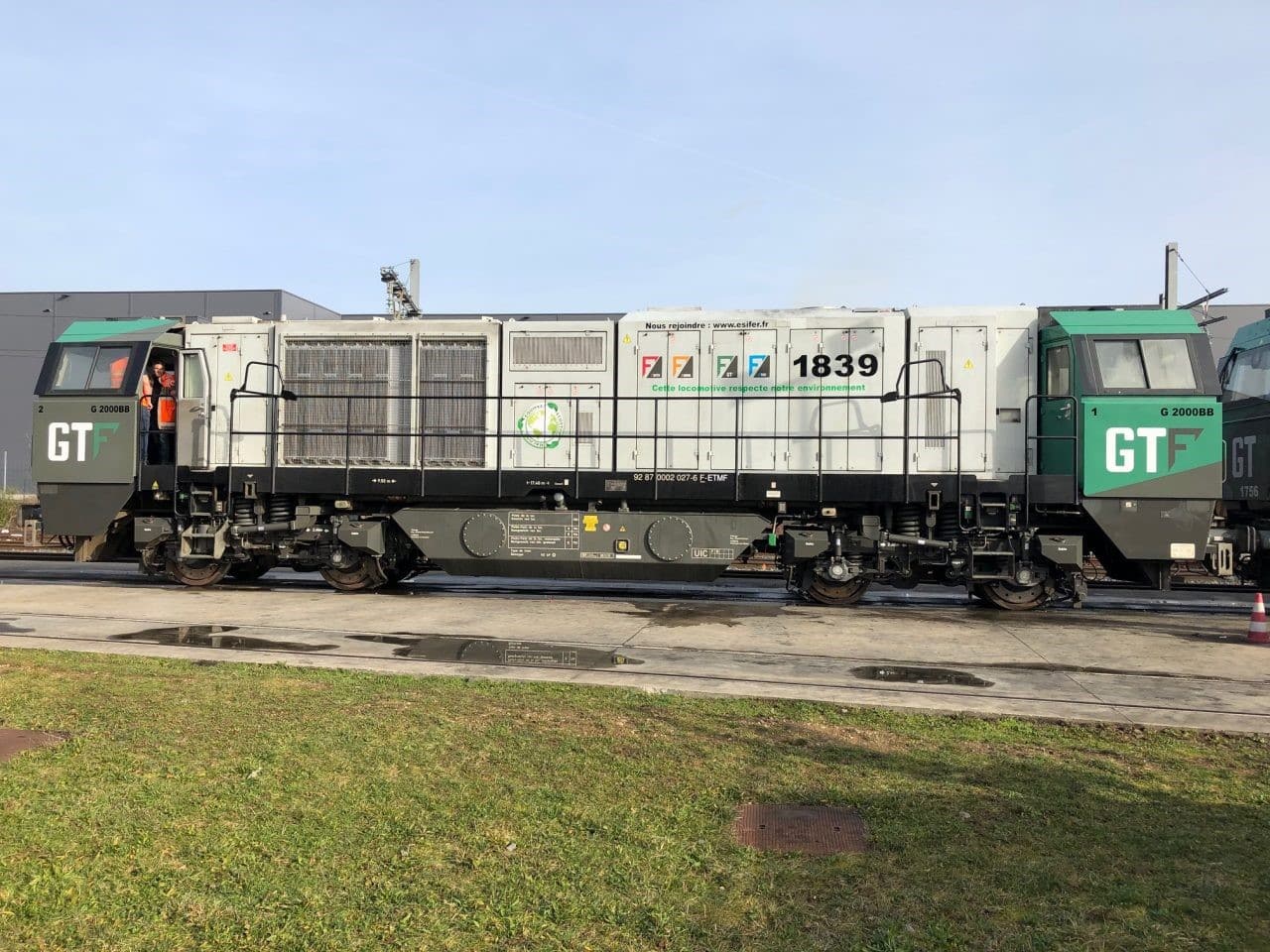
The “EcoStop” Start n Stop system designed by Colas Rail, a subsidiary of the Bouygues Group, stops the main diesel engine when the trains are parked or waiting, while maintaining comfort in the…